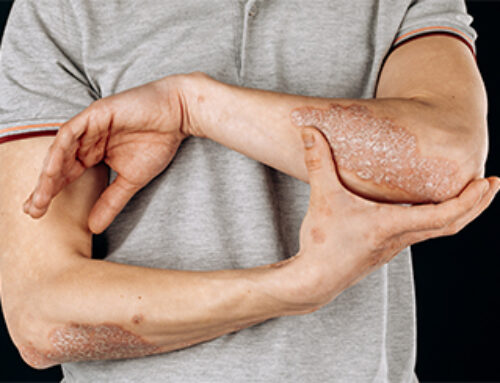The caloric requirement for people with moderate physical activity is approximately 35 kcal/kg/day, but there is a significant variation from person-to-person and day-to-day activity. Individualized instruction should consider the patient’s caloric needs, ethnicity, habits, constraints, and prescribed insulin regiment. The diet for patients with diabetes should aim to achieve an ideal HbA1c, blood pressure, and lipid profile. Attention should be paid to balance the energy intake and expenditure to avoid excess weight gain. Patients on fixed-dose insulin regimens need to have a consistent day-to-day carbohydrate intake. Mastery of either an exchange system or carbohydrate-counting allows for flexibility in meal planning, and helps avoid postprandial hypo- or hyperglycemia. Review of dietary principles is a cost-effective way to help the patient achieve treatment targets.
A low carbohydrate diet would reduce the average blood glucose levels in patients with diabetes by limiting the postprandial glucose, in addition to any improvement in insulin sensitivity from weight loss. The American Diabetes Association recommends either a low-fat or low-carbohydrate diet (<150 g/day) for weight loss in overweight/obesity patients with diabetes. A ketogenic diet in obese diabetic patients for 24 weeks also resulted in lower HbA1c, weight, and triglycerides, and higher HDL cholesterol.
Diabetic diet DO’s
- For breakfast, take cholesterol-lowering food
- Have nuts rich in monosaturated fat, such as walnuts, and almonds
- Eat leafy salads along with beans, kidney beans, chickpeas, and peas which reduce LDL-bad cholesterol
- Fat-free milk, yogurt, and cheese can be taken
- Add wheat bran to your wheat flour (50% each), to increase the intake of fiber in your diet
- Increase fiber intake in the form of raw fruits, vegetables, whole cereals etc
- Intake of cinnamon, garlic, onion, bitter melon, guar gum is known to considerably reduce blood glucose level
- Keep an eye on portion sizes
- Be mindful of overall portion sizes of your food.
- Try using smaller plates.
- For main meals, dish out vegetables first and let this fill up your plate.
- Resist the temptation for a second helping; have a glass of water first.
Diabetic diet DON’T’s
- Don’t fry foods instead bake, boil, poach or saute in a non-stick pan, steam or microwave vegetables
- Eat less high-fat red meat and more low-fat diet and fish. Avoid organ meats
- Limit the use of condiments such as ketchup, mustard and salad dressing –they are high in salt and can be high in sugar, too
- Rinse processed foods in water and, wherever possible, choose fresh foods over canned
- Limit your salt, sodium content
- Read labels carefully. Soy sauce, brine and monosodium glutamate, for example, contain lots of sodium
- Don’t select ready to eat and junk foods items available to you
- Don’t smoke and stop alcohol consumption
Don’t skip meals and medicine times
| Instead of… | Try these high-fiber options… |
| White rice | Brown rice, unpolished rice |
| White potatoes (including fries and mashed potatoes) | Sweet potatoes, cauliflower mash |
| Regular pasta | Whole-wheat pasta |
| White bread | Whole-wheat or whole-grain bread, brown bread |
| Sugary breakfast cereal | High-fiber, low-sugar cereal |
| Cornflakes | Low-sugar bran flakes |







